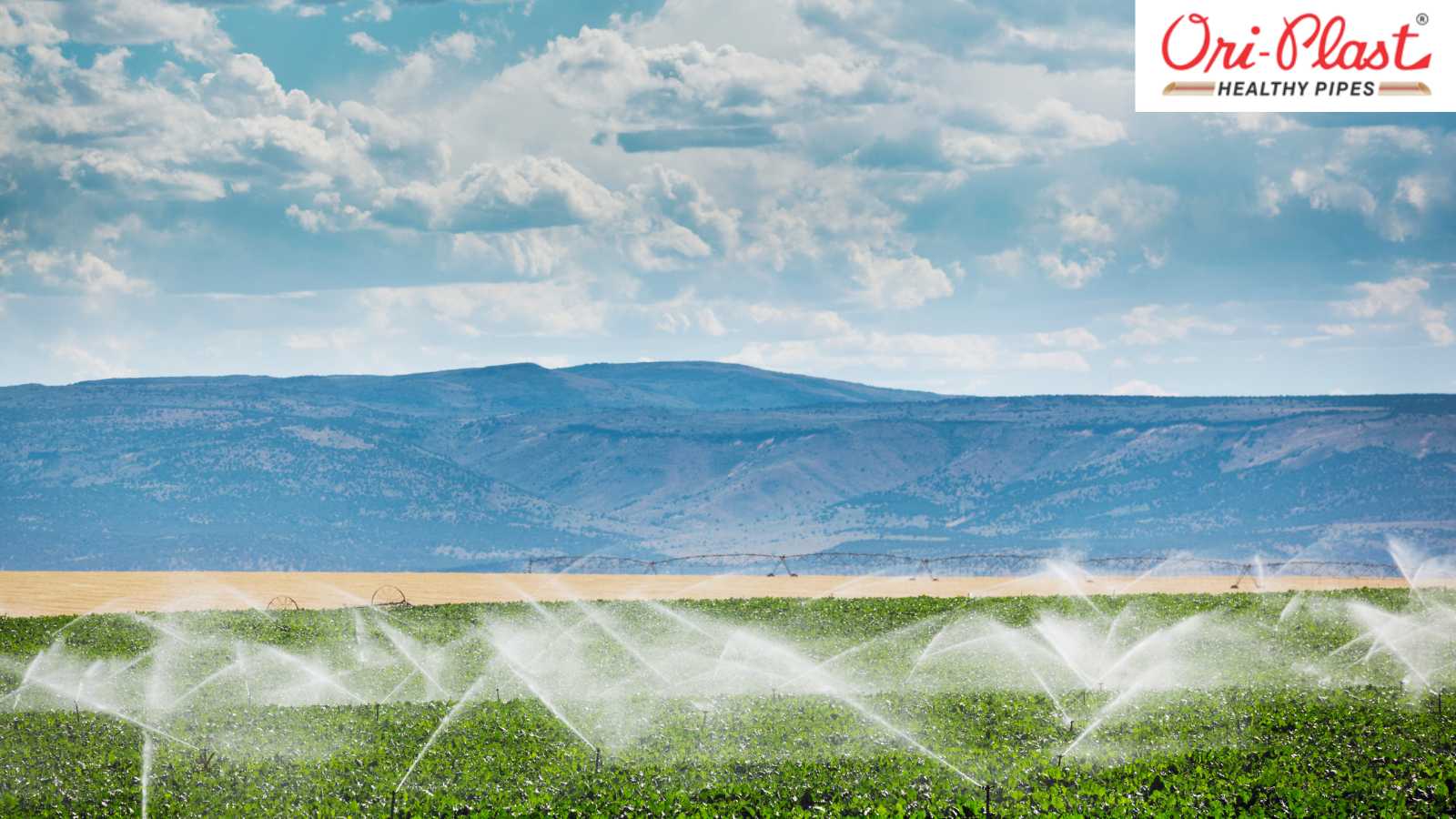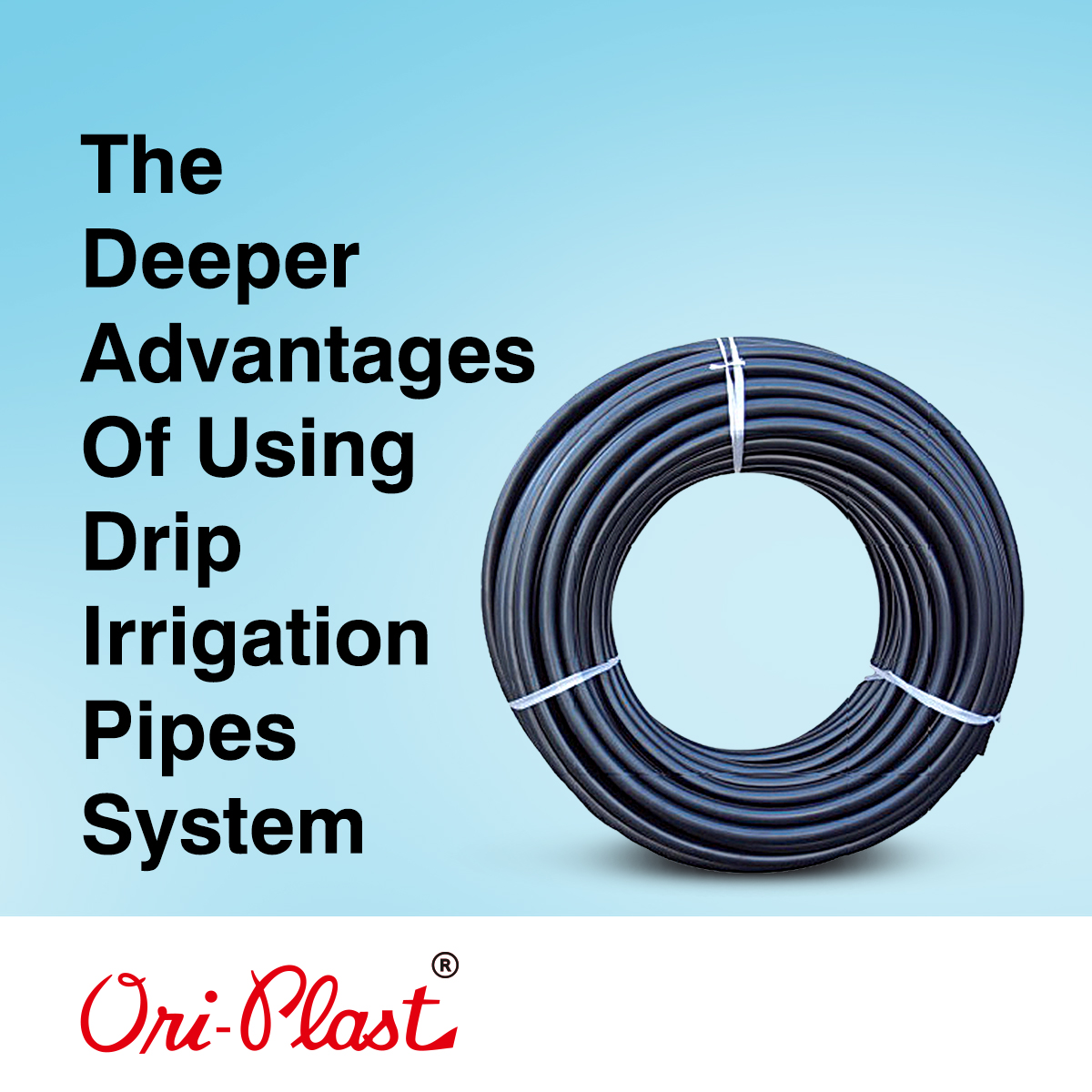Drip irrigation is a type of irrigation that conserves water and is more energy efficient than other types of irrigation. It is also known to have a positive impact on the environment.
In this article, we will discuss the Advantages of Drip Irrigation . We will also touch on drip irrigation's water conservation and energy efficiency benefits.
So, if you want a more environmentally friendly way to water your plants, read on to learn more about drip irrigation and its benefits!
What is drip irrigation?
Drip irrigation is a micro-irrigation system type with several benefits over traditional irrigation methods. It is a type of irrigation system that saves water and fertilizer by allowing water to drip slowly to the roots of plants. Either onto the soil surface or through a network of valves, pipes, emitters, and tubing, water is directed directly onto the root zone. And it is considered one of the most efficient and effective irrigation methods, as it conserves water and energy while providing numerous other benefits.
How does drip irrigation conserve water?
Drip irrigation is an efficient and effective way to water plants and can benefit both small and large-scale gardening. It conserves water by allowing it to seep slowly and directly into the roots of plants. Drip irrigation minimizes evaporation and runoff, both of which can waste water. It also encourages deep rooting, which helps plants withstand drought conditions better. This type of irrigation is often used in conjunction with mulching. That further reduces water loss.
How does drip irrigation conserve energy?
Top 5 ways by which Drip irrigation conserves energy and saves you money..
- First, it eliminates the need for energy-intensive pumps to move water from a central location to the fields.
- Second, it uses less water overall. That reduces the amount of energy required to heat and treat the water.
- Third, it uses less water than other irrigation methods, so it needs less energy to pump.
- Fourth, it can work in conjunction with solar panels to provide a completely renewable energy source for irrigation.
- Finally, it can be automated to run on a schedule. That reduces the amount of labor required to manage the system.
What are the other Advantages of Drip Irrigation?
Drip irrigation has several benefits in addition to energy and water conservation. For example, it can help to improve crop yields and minimize the spread of pests and diseases. Additionally, it can be used in conjunction with other sustainable agriculture practices, such as crop rotation and the use of cover crops, to improve the efficiency of water and fertilizer use.
Below are more specific Advantages of Drip Irrigation:
- Drip irrigation can help to improve plant health by delivering water and nutrients directly to the roots.
- Helps to reduce soil erosion and runoff by delivering water slowly and evenly to the roots.
- Drip irrigation can help to reduce water waste by delivering water only to the roots of plants.
- It can help to reduce labor costs by eliminating the need to water plants by hand.
- It can help to improve crop yields by delivering water and nutrients directly to the roots.
- It can help to reduce the risk of crop loss due to drought by delivering water directly to the roots.
- It can help to reduce the risk of crop loss due to floods by delivering water slowly and evenly to the roots.
What pipes should you use for drip irrigation?
Drip irrigation is a system that applies water to plants through a network of pipes. But what kind of pipes should you use for your drip irrigation system?
Different types of pipes can be used for drip irrigation, including PVC, polyethylene, and drip tubing. Each type of pipe has its own advantages and disadvantages, so it's vital to choose the right one for your needs.
Here's a quick rundown of the different types of pipes suitable for drip irrigation:
- PVC pipes are the most common type of pipe used for drip irrigation. They're strong and durable, and they're relatively inexpensive. However, PVC pipes can be challenging to use, and they're not always the best option for very sandy or clay-like soils.
- Polyethylene pipes are another popular option for drip irrigation. They're durable, easy to work with and less expensive than PVC pipes. However, polyethylene pipes can be more challenging to find, and they're not always the best option for very sandy or clay-like soils.
- Drip tubing is a type of pipe designed specifically for drip irrigation. Made from a flexible material that's easy to work with, it's often less expensive than PVC or polyethylene pipes. However, drip tubing can be more challenging to find. And it's not always the best option for very sandy or clay-like soils.
Conclusion
Drip irrigation is a highly efficient irrigation method with several crucial environmental benefits. It conserves water by delivering it directly to the roots of plants, and it is also energy efficient because it uses less pump power than other irrigation methods. High-quality pipes and components are essential to get the most out of drip irrigation. If you are looking for the best pipe manufacturer in West Bengal, look no further than us. We can provide you with high-quality pipes. That will help you to optimize your irrigation system.




